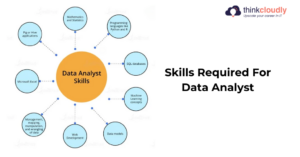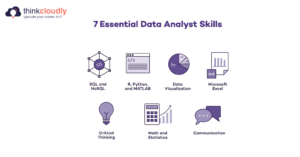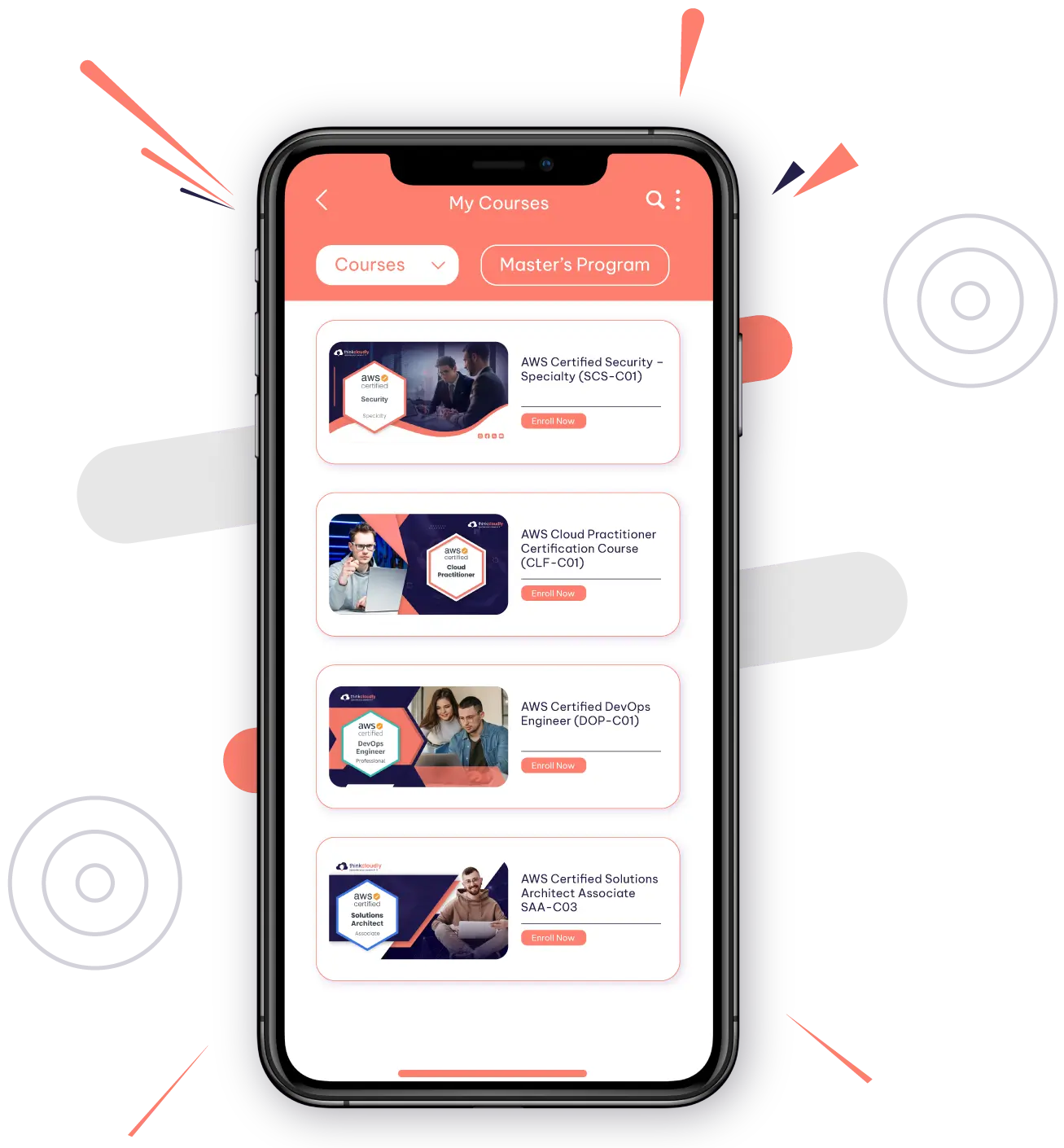Introduction
In the era of data-driven decision-making, the role of a data analyst has become integral across industries. For those aspiring to embark on a rewarding career as a data analyst in Canada, this step-by-step guide provides a roadmap to success. From acquiring essential skills to understanding the roles and responsibilities, this illustrative guide aims to throw light on the path for aspiring data analysts. Whether you are a recent graduate, a career switcher, or someone looking to upskill, the journey to becoming a data analyst in Canada involves a combination of education, hands-on experience, and a commitment to continuous learning.

Step By Step Guide
Step 1: Understanding the Role of a Data Analyst
Before delving into the journey, it’s important to comprehend the role of a data analyst. A data analyst is responsible for collecting, processing, and analysing data to help organisations make informed decisions. They turn raw data into actionable insights, besides supporting strategic business decisions.
Step 2: Acquiring the Essential Skills
Salient skills required for data analysts:
- Analytical skills: The ability to analyse and interpret complex datasets is at the core of a data analyst’s role.
- Programming Skills: Proficiency in languages such as Python, R, or SQL is essential for data manipulation and analysis.
- Statistical Skills: Understanding statistical concepts enables data analysts to draw meaningful conclusions from data.
- Data Visualization: Skills in tools like Tableau or Power BI to effectively communicate insights through visualisations.
- Database Management: Knowledge of databases like MySQL or PostgreSQL for efficient data retrieval and storage.
- Excel Proficiency: Excel is a basic tool for data analysis, and proficiency in its advanced features is advantageous.
Step 3: Education and Qualifications
Educational Paths:
- Bachelor’s degree in a relevant field: Seek internships or entry-level positions to gain hands-on experience in a real-world setting.
- Specialised Data Analytics Programs: Consider enrolling in specialised data analytics programs offered by universities or online platforms.
- Certifications: Obtain relevant certifications, such as Microsoft Certified.
Step 4: Gaining Practical Experience
Hands-on experience:
- Internships and Entry-Level Positions: Seek internships or entry-level positions to gain hands-on experience in a real-world setting.
- Personal Projects: Undertake personal data analysis projects to showcase your skills and build a portfolio.
- Participate in Hackathons or Competitions: Engage in data-related competitions to test and boost your skills.
Step 5: Understanding Roles and Responsibilities
Essential Responsibilities of a Data Analyst:
- Data Collection: Collecting relevant data from several sources.
- Data Cleaning and Preprocessing: Ensuring data quality and preprocessing raw data.
- Data Analysis: Employing statistical methods and tools to derive meaningful insights.
- Data Visualization: Creating visualisations to present findings in an understandable format.
- Reporting: Generating reports and dashboards for stakeholders.
Step 6: Building a Professional Network
Networking Tips:
- LinkedIn Presence: Create a strong LinkedIn profile showcasing your skills and projects.
- Participate in Industry Events: Attend conferences, webinars, or meetups to connect with professionals in the industry.
- Online Communities: Join data analytics communities to share knowledge and stay updates on industry trends.
Step 7: Continuing Education and Skill Development
Continuous Learning:
- Stay Informed: Keep abreast of emerging trends and technologies in the data analytics industry.
- Advanced Courses: Pursue advanced courses to deepen your knowledge in specific areas of data analytics.
- Networking with Professionals: Connect with experienced data analysts and seek mentorship for career development.
Step 8: Applying for Data Analysts Positions
Job Application Tips:
- Tailor your Resume: Customise your resume to highlight relevant skills and experiences.
- Craft a Compelling Cover Letter: Write a cover letter emphasising your passion for data analytics and why you are a suitable candidate.
- Prepare for Interviews: Be ready to showcase your analytical skills and discuss your experience in data analytics.
Step 9: Data Analyst Salary Expectations
Salary Considerations:
- Entry-Level Salaries: Entry-level data analyst salaries in Canada typically range from CAD 50,000 to CAD 70,000 per annum.
- Mid-Career Salaries: With experience, mid-career data analysts can earn between CAD 70,000 to CAD 90,000 per annum.
- Experienced Professionals: Experienced data analysts or those in specialised roles can command salaries exceeding CAD 90,000.
Conclusion
Becoming a data analyst in Canada is a journey that combines education, skills development, practical experience, and continuous learning. By understanding the roles, acquiring the necessary skills, and following the steps outlined in this guide, aspiring data analysts can navigate the landscape successfully. Whether you’re a recent graduate or a professional looking to transition, the field of data analytics in Canada offers a dynamic and rewarding career path. Embrace the learning process, stay curious, and embark on your journey to becoming a proficient data analyst in the ever changing world of data.













No comment yet, add your voice below!